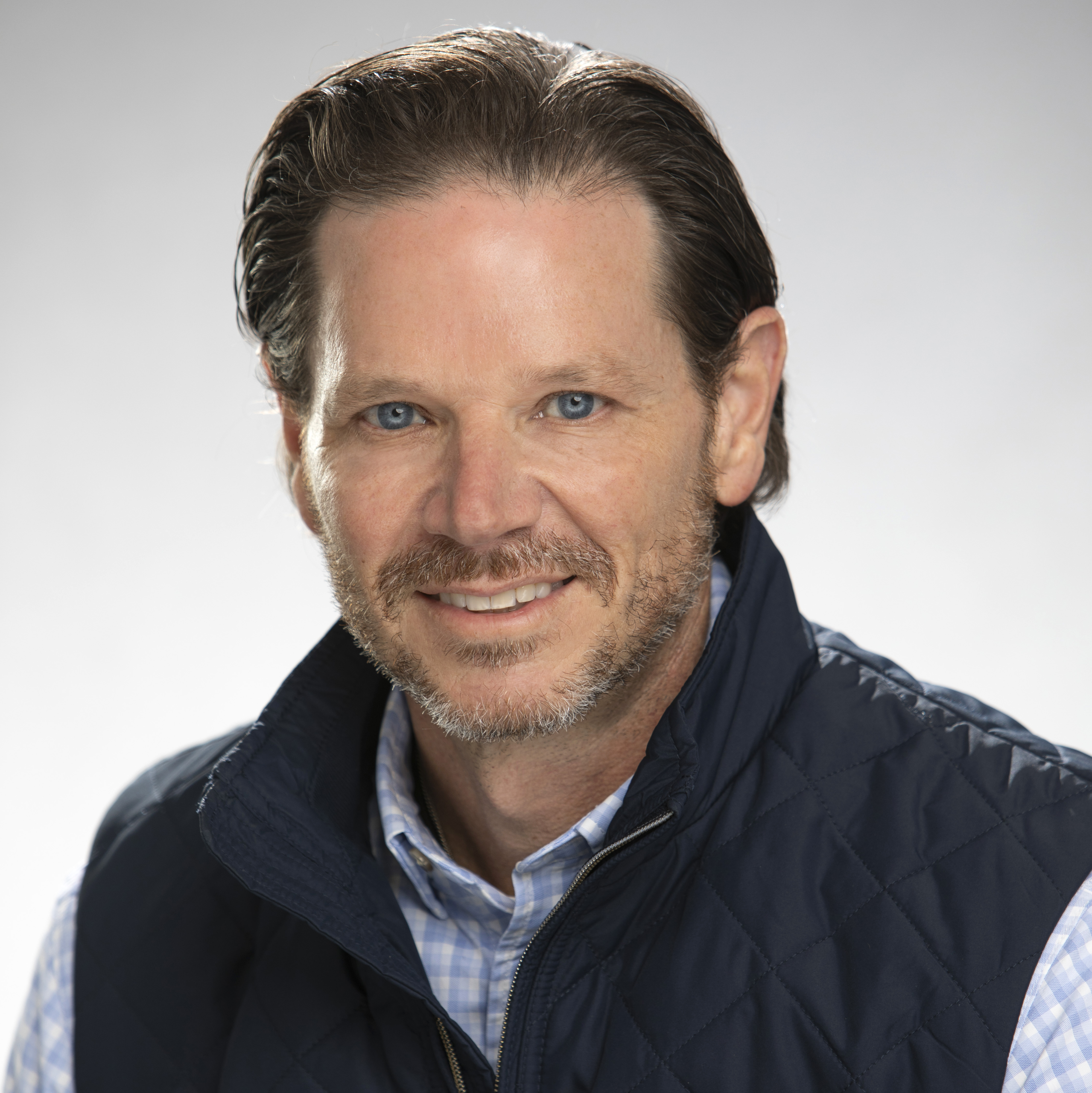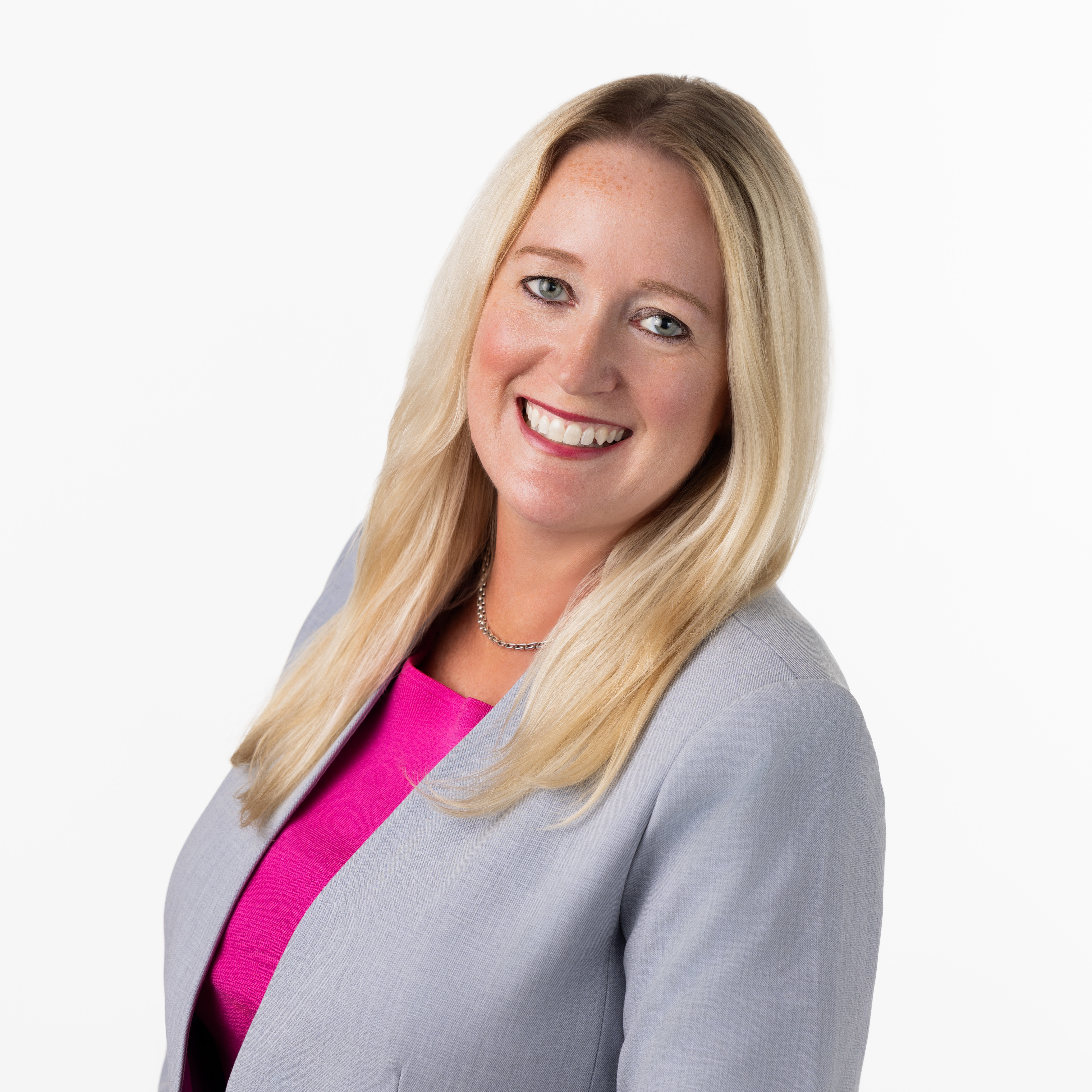The consolidation of the independent wealth management sector has remained a constant trend within the industry for nearly 15 years. The largest players – supported by significant private equity funds or the public markets – have fueled a decades-long rush to scale, resulting in significant shifts in power within this segment of the financial services market.
Most prominently, LPL has been on a major acquisition spree, closing the $805 million deal with Atria Wealth Solutions in October of last year, and its most recent announcement to bring aboard Commonwealth in a $2.7 billion deal, announced at the close of March.
The Commonwealth deal surprised many industry experts due in large part to the firm’s unique service model and value proposition to its advisors. This transaction, among other large moves by the likes of Osaic, Kestra and others, has spurred discussions about how advisors and members of home office teams should consider their positioning within the rapidly evolving industry landscape.
We caught up with three industry insiders for their perspectives on the future of consolidation in wealth management and how their firms are engaging with employees and advisors:
- Vince Fertitta, President of Wealth Management at Sanctuary Wealth, a platform for independent advisors with multiple affiliation models
- Tammy Robbins, Executive Vice President and Chief Business Development Officer at Cambridge Investment Research, an internally controlled and operated financial solutions firm focused on serving independent financial professionals and their clients
- Arthur Ambarik, CEO of Perigon Wealth Management, an advisor-led, independent wealth management firm with offices across the country
We asked them: What are your thoughts on the latest round of consolidation in the wealth management space? What do you say to prospective advisors and employees about why they shouldn’t be worried about significant changes at your firm? Does this message change for current staff and affiliated professionals?
Here’s what they had to say:

Fertitta: There are many flavors of independence, all offering much more freedom, flexibility and control than employee models. The IBD model is on one end of that spectrum, and owning one’s own RIA is on the other. The largest IBDs function more like advisor warehouses, delivering a one-size-fits-all offering that minimizes advisors’ relative flexibility to run their businesses and serve clients.
Consolidation among IBDs is consistent with their strategy of scale. For that model to work, bigger is better for the firm, but not necessarily for the independent advisors who affiliate with them. The larger you get, the harder it is to build an elite culture, provide white glove service, have a relationship with your clients (the advisors) and maintain the kind of ultra-high net worth platform more sophisticated advisors and their clients demand.
Independent financial advisors whose firms are sold sometimes need to be reminded that they are still in control of their future. They should listen to the offer on the table, reflect on what the next 10 years might be like as part of the new firm, and then decide what is best for themselves, their staff and their clients. It is a good time to reflect upon where on the spectrum of independence they really want to operate. I think many of the top advisors will find better options elsewhere.
Throughout my years working with elite advisors, I’ve found that most want to be part of a community of like-minded professionals where the best makes each other better – something we take great pride in providing at Sanctuary. We have affiliation options that cover the most often sought-after flavors of independence and will likely extend invitations to a select group of advisors seeking more independence than that which an IBD can provide.

Robbins: Consolidation in the industry isn’t new – but it’s surprising when two different firms come together. As long as capital is available and acquisition remains the only strategy for some, we expect to see more deals. While this activity may be strategic for some firms, it can be deeply disruptive for advisors who suddenly find themselves part of a new organization they didn’t choose or align with culturally.
At Cambridge, we’ve taken a different approach. For more than 25 years, we’ve followed a clear, deliberate plan focused on internal control – our term for the structured ownership strategy designed to keep Cambridge independently owned and aligned with those committed to our long-term success. This model isn’t a response to market trends. It’s been our foundation from the beginning – nearly 45 years ago.
Since 1998, we’ve offered stock to affiliated financial professionals and associates. Our ownership structure includes trusted leaders, financial professionals and charitable foundations, ensuring our direction remains focused on serving advisors – not outside investors focused on a different culture and outcome.
Our message remains the same to our current financial professionals, associates and prospective advisors. We’ve been transparent about our structure and succession plan for nearly three decades. We believe internal control is critical to staying independent, advisor-focused and true to our values – today and in the future.

Ambarik: We tell them the truth: Change is happening in this industry whether you like it or not, but at Perigon, it’s happening with intention, not chaos.
We’re active participants in the M&A space, but not for the sake of scale alone. Our growth strategy is guided by a clear vision: to build a modern, advisor-first firm that supports autonomy while providing the infrastructure to thrive. Every firm we partner with is carefully chosen for cultural and strategic fit. We preserve the independence and client focus that brought advisors success in the first place, while offering new tools, resources and opportunities to elevate their practice.
Janeesa Hollingshead, Contributing Editor at Wealth Solutions Report, can be reached at editor@wealthsolutionsreport.com.














